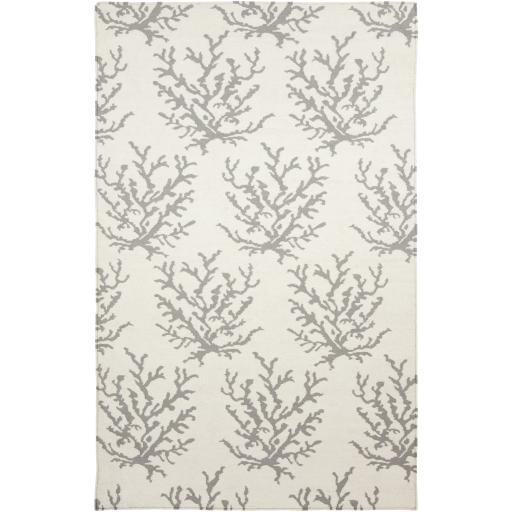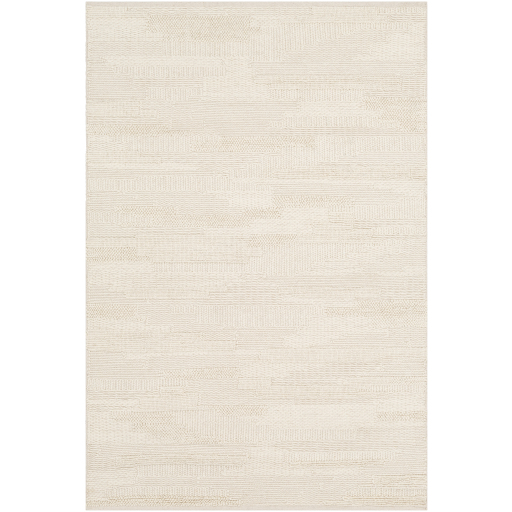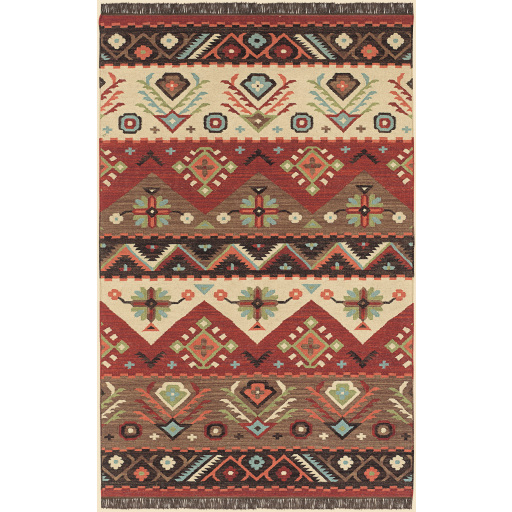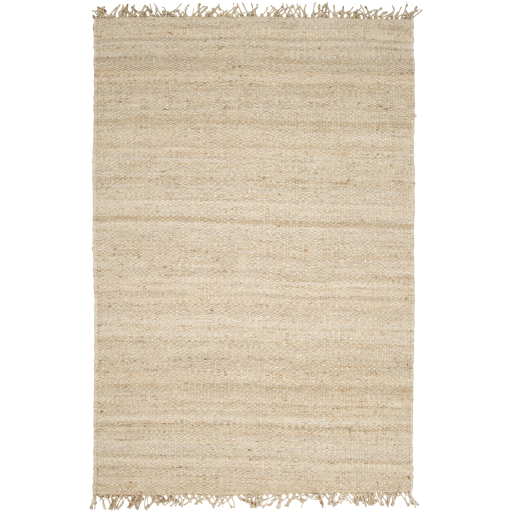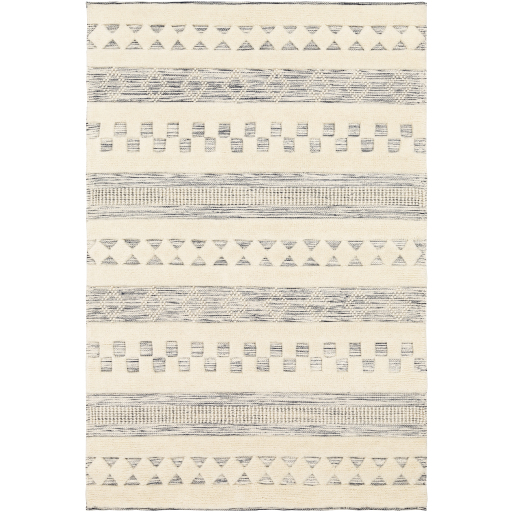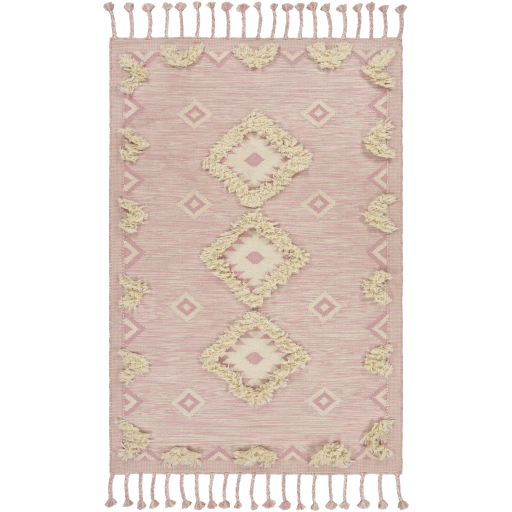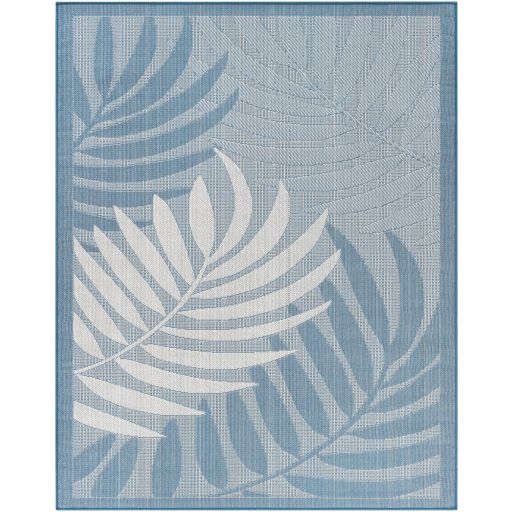Kelim

According to its name, a kilim is a woven and not a knotted carpet or wall hanging. Woven carpets in various sizes are found in many cultures around the world. However, only flatweaves from the Balkans, the Near and Middle East are called kilims. The most commonly used material in the manufacture of a kilim is sheep's or goat's wool. Cotton is not found in oriental kilims. A kilim always consists of one weft and one warp thread, which can be processed in a variety of ways. As a basic form, this structure has been one of the simplest weaving methods, at least since ancient times, and is still modern. Despite the simplicity of this technique for making carpets, an incredible variety and beauty is possible when designing a kilim. The pattern of the kilim is always determined by the weft thread. This means that the warp thread of such a carpet can also be undyed. The weft thread of the kilim, on the other hand, is used in different colours: from blue, turquoise or green to shades of red, orange and brown. Grey or black is also very modern. Kilims of the most varied colours are created.

